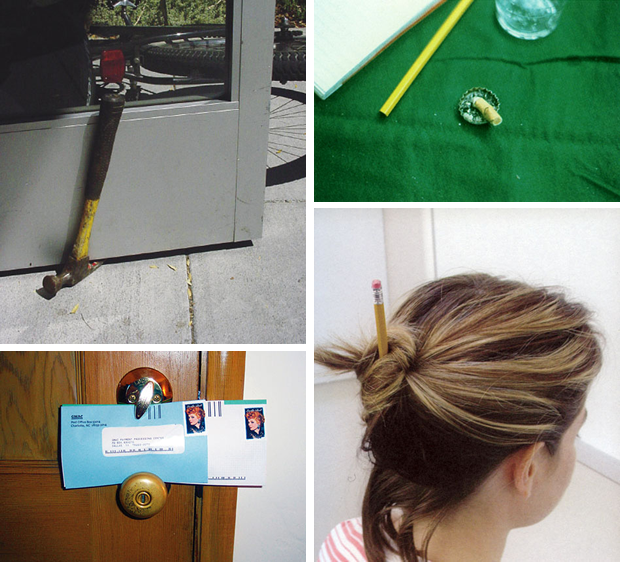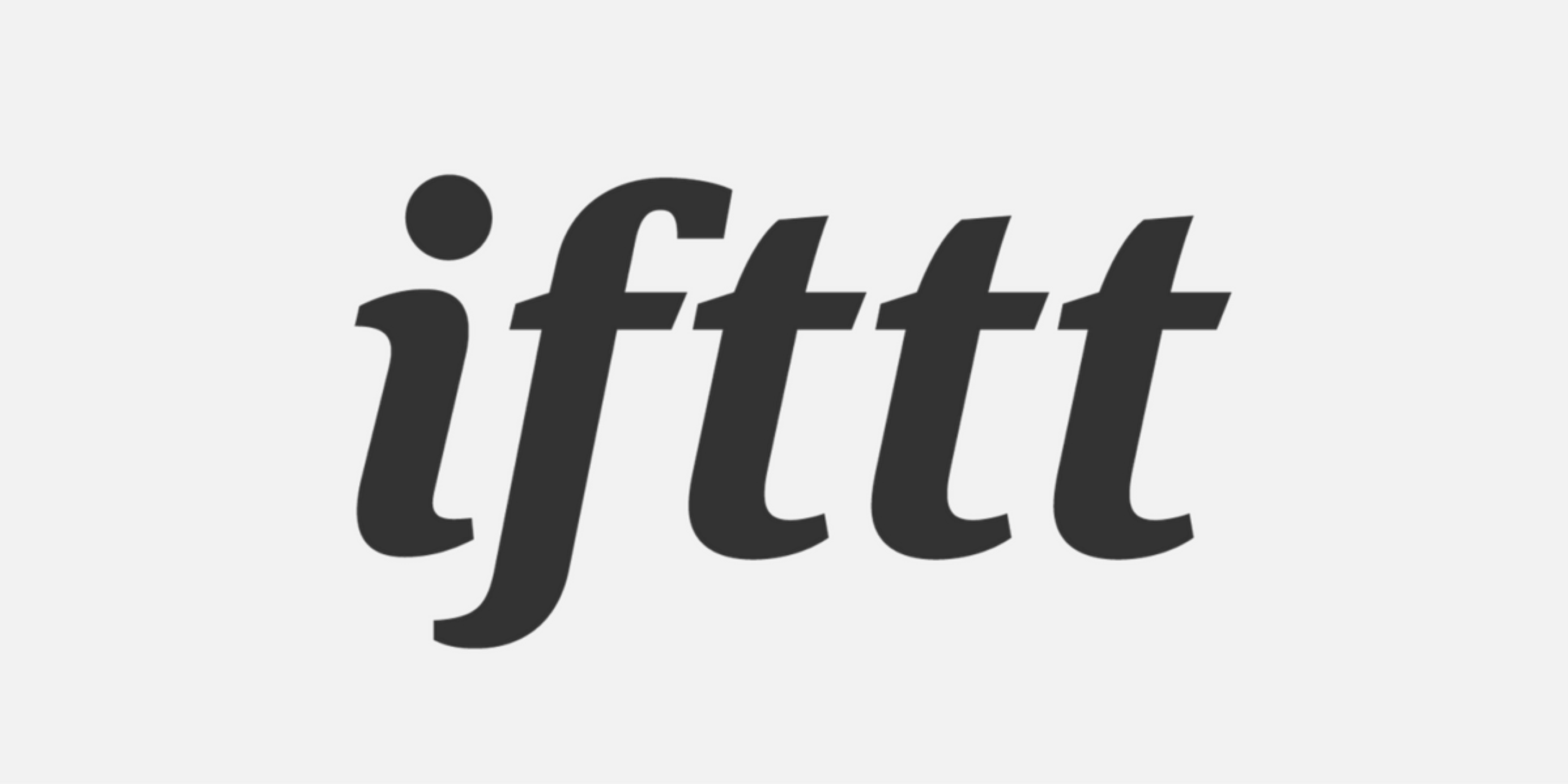I’d like to humbly announce that the first beta invites for a project I’m incredibly excited about are out the door. The project is called ifttt, shorthand for “if this then that”. With this blog I hope to begin fleshing out some of the initial inspirations that led to the inception of ifttt and provide you with a taste of how ifttt can help put the internet to work for you.
A few years ago I became passionate about visualizing data and began experimenting with small projects that filtered and presented information in interesting ways. While these projects were met with moderate success, they provided me ample opportunity to think about how technology was shaping our behavior and what being creative in an increasingly digital world could mean.
One evening, waiting in line to order Indian food, I was lost in thought about an event-driven programming problem when something clicked in a funny way. As nerdy as “event-driven programming” may sound, the concept is really quite simple. During the execution of a program, the programmer has some idea about what types of events may happen. For example “a user clicks a specific button” or “a new message is received by your inbox”. Knowing what these events are, you can then attach a bit of code that runs the same way every time an event is encountered. Its very much like cause and effect, except as a programmer you’re free to be creative with what effects match up to each cause.
Before I get back to addressing that funny click, there was another concept that I was enthralled with at the time. Namely, our innate ability to shape an environment in small ways to better suit our needs. Now, I’m not speaking of the grand scale shaping that an inventor engages in, but instead of the shaping that anybody is capable of, often without even realizing it. The kind of simple shaping explored in Jane Fulton Suri’s Thoughtless Acts?

These types of creative adaptations are much easier in a physical world where the useful properties of an individual object can be understood quickly. In the more abstract digital world, these adaptations are a bit harder to come by, with even the simplest of insights requiring years of engineering experience to successfully implement. However, over the past 20 years the layman’s technical vernacular has expanded blindingly fast. At the same time, we’ve been breaking down the core unit of definable functionality into ever smaller and more digestible pieces, from monolithic operating systems, to web based applications and mobile apps.
Now for that click. I realized that the key to unlocking the creative potential of our existing digital tools might be to build a service that simplifies and consolidates the way those tools can be connected.
Even with the recent increase in technical understanding and the divergence of functional applications, the useful properties of software will forever remain abstract when compared to a physical object. This is where ifttt can help. By providing a simple logical structure, if this then that, along with two fundamental properties that fit into that structure, called triggers and actions, ifttt enables anyone to be creative in their digital environments. Essentially it’s event-driven programming for the masses.
However, ifttt isn’t a programming language or app building tool, but rather a much simpler solution. Digital duct tape if you will, allowing you to connect any two services together. You can leave the hard work of creating the individual tools to the engineers and designers. Much like in the physical world when a 12 year old wants a lightsaber, cuts the handle off an old broom and shoves a bike grip on the other end, you can take two things in the digital world and combine them in ways the original creators never imagined.
I realize that ifttt only addresses a small subset of the ways in which you can be creative with digital information, but within that subset there are tons of opportunities to hook together existing services, devices and objects. For instance, you can use Google reader starred items to share images on your Tumblr blog, or customize how and which photos from your Flickr stream show up on your Facebook wall.
I hope that an adventurous few can find cool ways to use ifttt right now and still others will let me know about how they would like to use it in the future. I know ifttt has a long way to go until it’s as easy as possible to use and I’m sure there will be some bugs and bumps along the way. However, I truly believe that there is something exciting and useful about this idea and we promise to iterate and improve ifttt until near-perfection.
Also, I’m excited to announce that a good friend, Jesse Tane, has decided to join me and is helping design and build some of the first ifttt powered applications. We hope these applications will help shed some light on all the cool stuff that will be possible with ifttt as it evolves.
Thanks for reading and we can’t wait to hear what you think. Linden Tibbets

Sign up for the beta: http://ifttt.com
More about how ifttt works: http://ifttt.com/wtf
Follow ifttt: http://twitter.com/ifttt
ifttt the beginning
February 12, 2019
